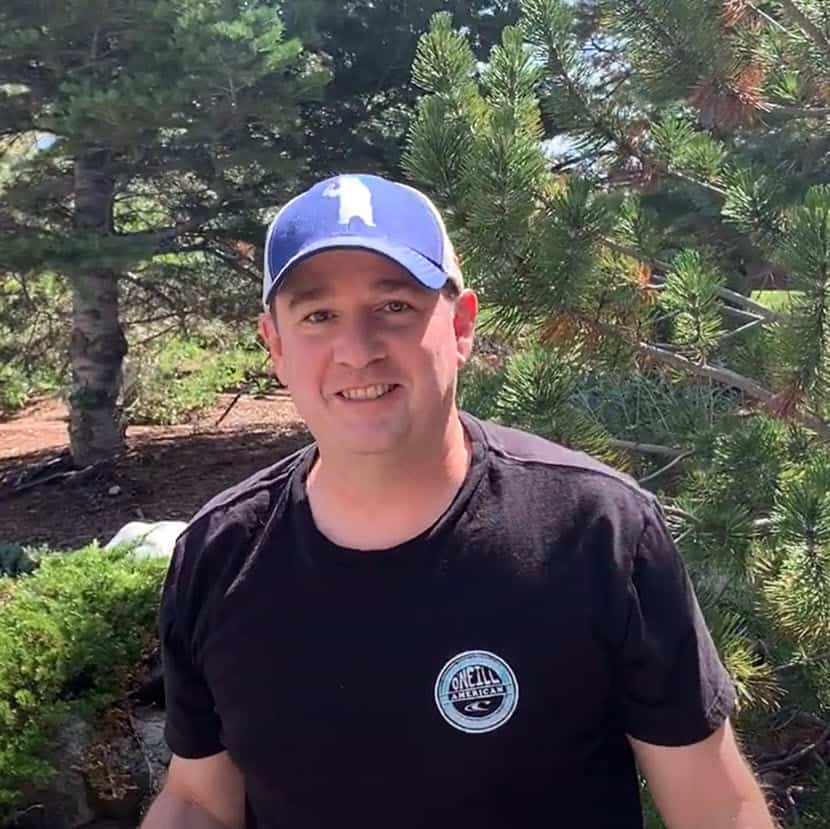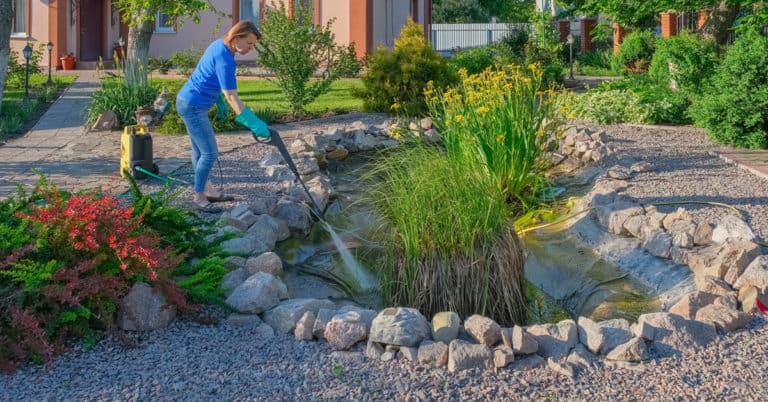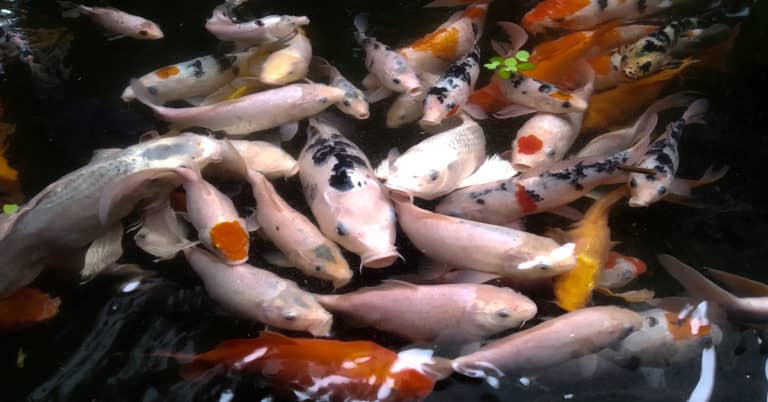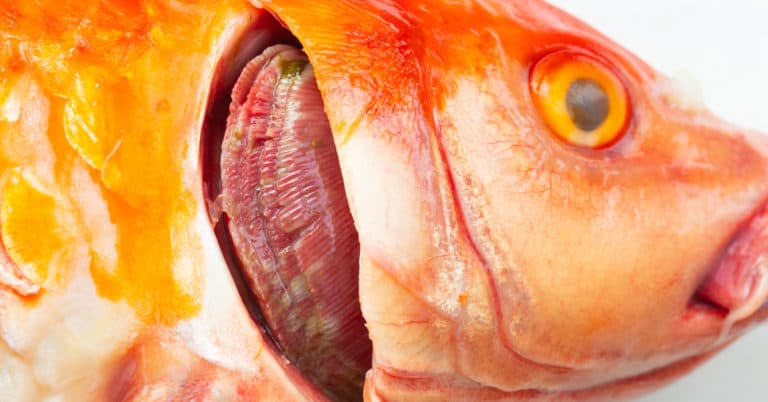As a rule, cold winter months and the resulting decrease in water temperature can pose a unique challenge when it comes to proper care for your koi fish. It is crucial to initiate koi pond winterization measures so the pond water can support the survival of the fish during cold weather.
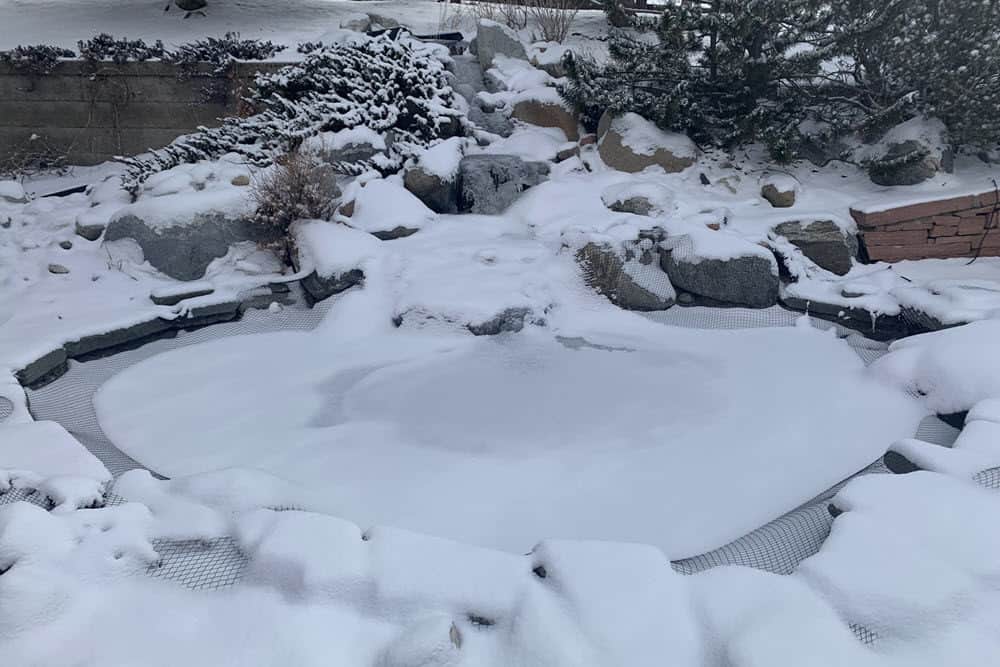
A completely frozen pond can deplete much needed oxygen levels and increase the likelihood for the buildup of toxic gases, such as Carbon Dioxide (CO2) or Methane. Therefore, in climate zones where the temperature range can include harsh winters, a number of essential details are necessary, especially regarding maintaining adequate water quality with a top notch filtration equipment.
Your koi pond should try to be at least 4-5 feet deep if you plan on leaving the koi fish outside throughout the colder months which would give them an adequate distance to move away from the frozen surface. Clean oxygen levels tend to be more plentiful at the bottom of the pond which is where the fish tend to gravitate during the winter.
When the water temperature falls below 50 degrees Fahrenheit, the metabolism of the koi decreases, minimizing their movements and their desire and necessity to eat...in effect, putting them into a semi-hibernation stage, also known as torpor, that will last until the warmer months arrive once again.
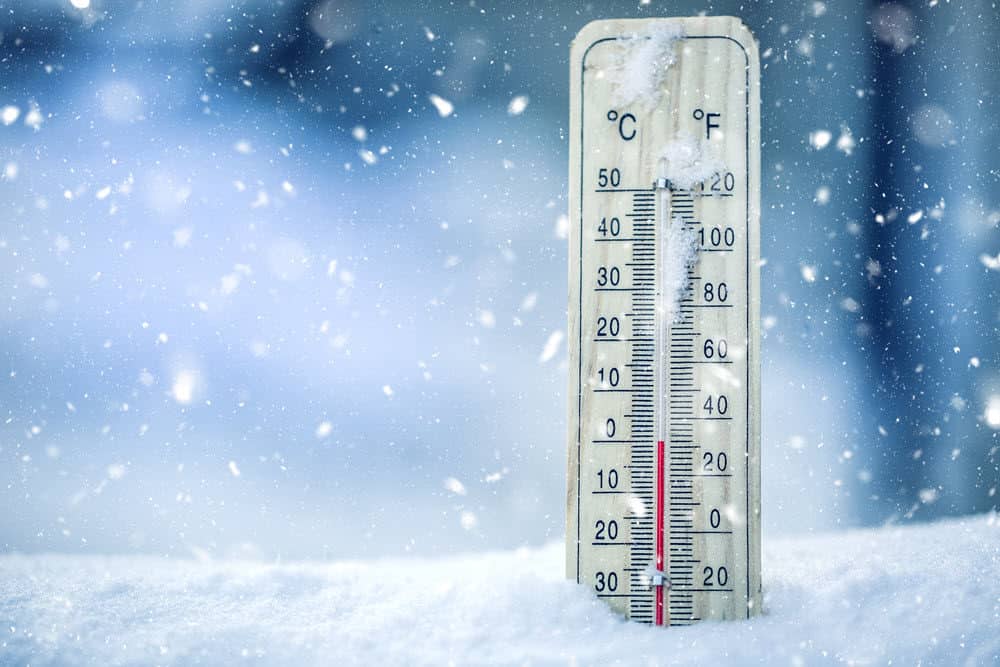
When frigid temperatures come back around in the coldest months of winter, depending on the climate zone, many changes will happen internally to the koi fish in your backyard pond, specifically affecting their metabolism, immune system and bodily functions.
It is important to reiterate that these pond fish actually do not require regular feedings when the water temperature drops below 50 degrees Fahrenheit. This is due to a significant decrease in their metabolism and activity level in order to preserve their energy. Koi fish will typically spend most of their time at the bottom of the pond, where the oxygen level is a bit higher, with very minimal movement.
While it is beneficial in some respects for your koi to develop a slower metabolism leading to energy conservation, it can pose a health risk when their immune system also slows down during this period. As spring arrives and brings back warmer temperatures, there is a degree of harmful bacteria that can enter the body and cause various health issues. Therefore, a decrease in immune system function during the winter puts koi fish at a considerable risk for illness once the temperature swings back towards summer. This is something that is crucial for a koi keeper to be aware of and keep a watchful eye.
Koi fish can certainly thrive in cold water temperatures during the dark winter months with proper winter pond maintenance procedures in place, however it could be deadly for them if the water temperature dips below 35 degrees Fahrenheit.
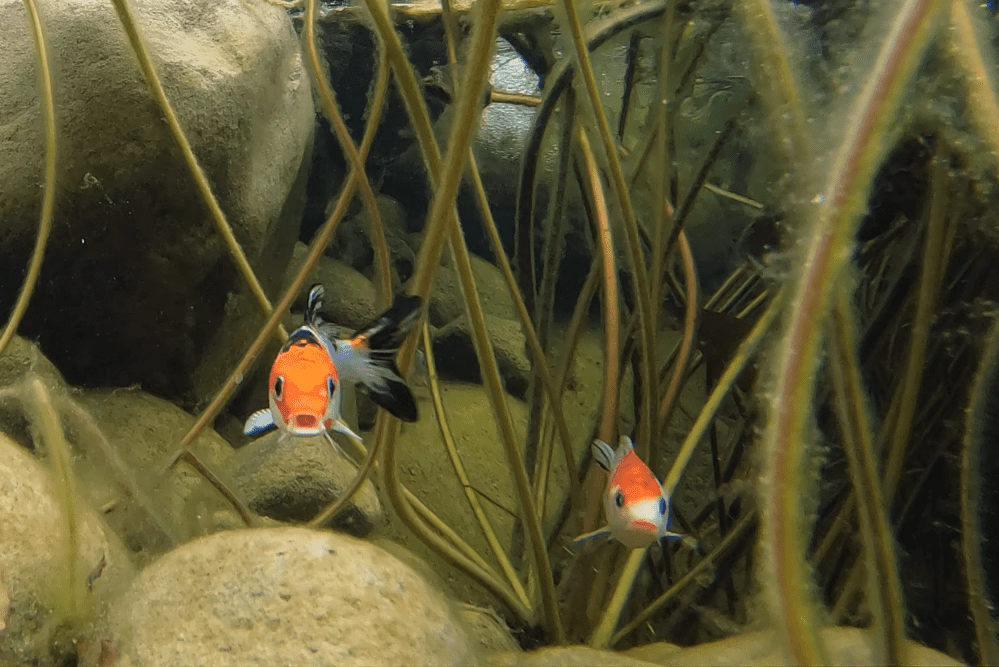
Mother Nature sure does provide these resilient fish with some spectacular adaptation methods to help them survive until the arrival of warm weather. A reduction in their bodily functions - notably breathing, metabolism, blood flow, digestion of food and their immune system - all contribute to the hibernation mode or half-asleep state they maintain throughout the winter.
There are many pivotal elements to winterizing a koi pond in order to ensure the health and well-being - and overall survival - of your koi fish. Here are a few suggestions which should typically be done in the fall before the water temperature decreases significantly:

The most important thing to keep in mind when it comes to the survivability of your koi fish once colder weather is upon us is that they cannot survive if the pond is frozen over. However, freezing to death is not the only thing to avoid, but also the stress that can be placed on your koi as the warm water cools, which could in turn lead to illness on a body that will already be immuno-compromised when colder weather starts.
While there are advantages to bringing your koi fish indoors during the winter, some things to consider when determining your risk to benefit ratio are factors like:
If you have determined that it is most advantageous to bring your koi fish inside during the cold winter months and the indoor tank is properly set up, preferably with water from your koi pond, transportation to the new temporary winter home can occur. The goal here is to transport them in the least stressful way possible into a healthy environment.

The recommended way to bring your koi fish inside is to place them in plastic bags (or containers). Gently place the bags on top of the water so the fish can acclimatize to the temperature change prior to being released. An important thing to note here is that koi fish are very talented "jumpers", especially in their first few week in a new environment. Therefore, a cover is a highly suggested way to avoid any unintended dangers.
Be sure to consistently add beneficial bacteria and check the water quality and pH in the tank to prevent ammonia and nitrate levels from potentially reaching toxicity. It is also recommended to replace 10-20% of the water every 1-2 weeks, more frequently if there are high levels of ammonia or nitrate.
When the warmer temperature arrives in late spring, a move back to the koi pond should be an easier proposition using the same method. Before doing so, however, be sure to clean the pond and remove any debris that may have collected during the winter. The pond should also be up and running, with a good pump and filtration system, for at least a week before the koi are brought back.
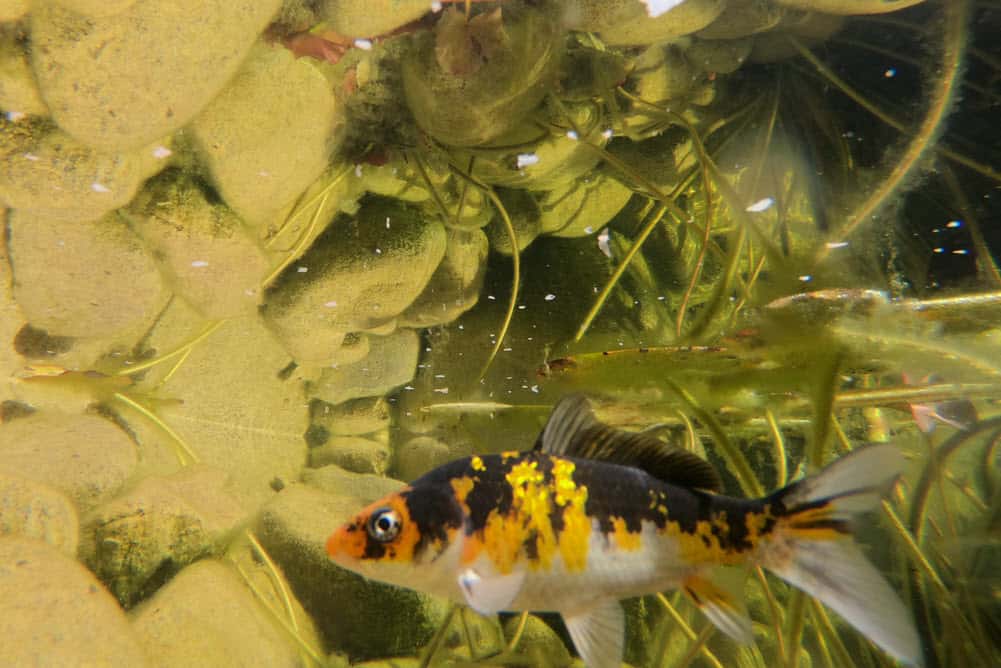
The koi fish can easily develop a parasitic reaction if they are placed in water that is inconsistent with where they have been acclimatized. Water temperature in the outdoor koi pond should never be more than 10 degrees cooler than the tank from which they came.
Known to be a very sturdy and robust fish, this beautiful member of the carp family has natural ways of successfully adapting to cold weather environments. Nature provides them with resourceful methods to counteract the effects of the harshness that comes with winter living. With an overall reduction in their bodily functions, leading to a state of semi-hibernation, koi fish essentially nap their way through winter and rejuvenate with the arrival of warmer water and springtime temperatures. Winter koi pond maintenance will determine their health and well-being, however, they are known to survive severe winter conditions fairly well.
